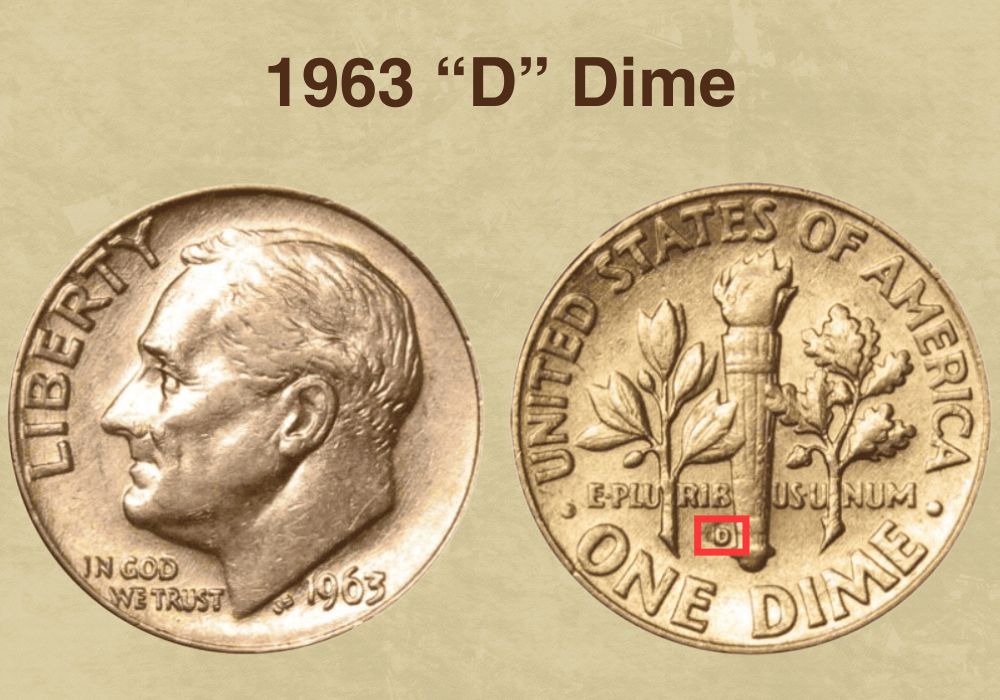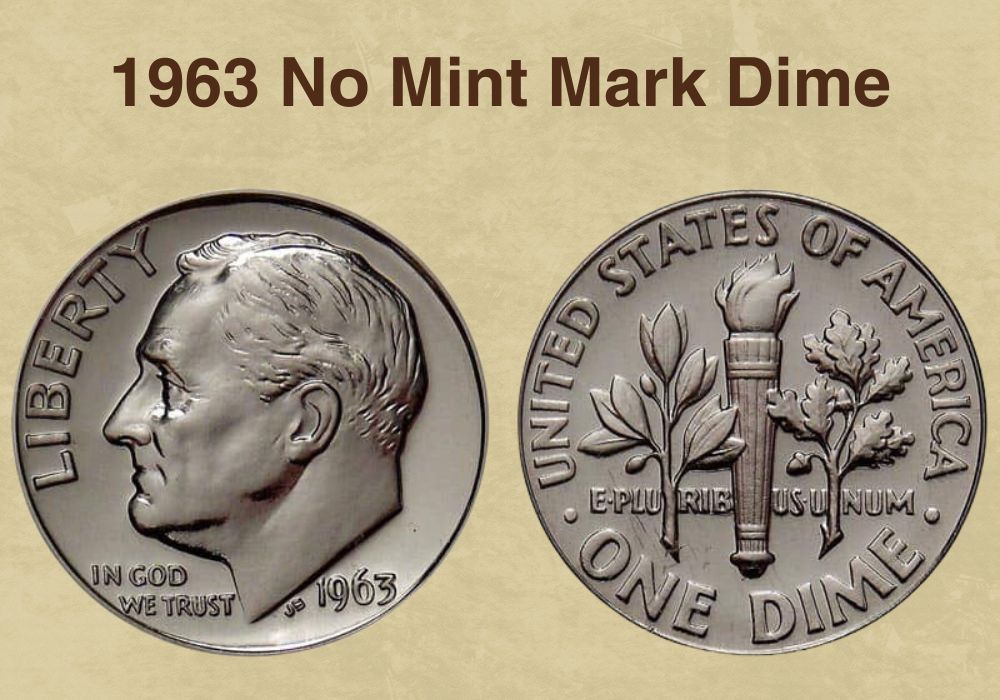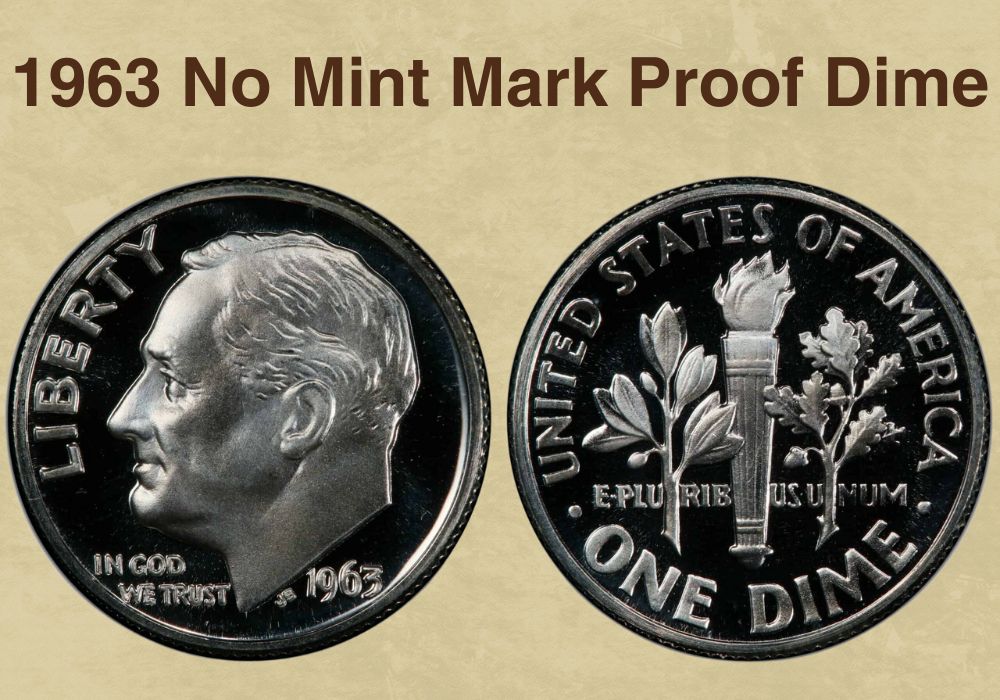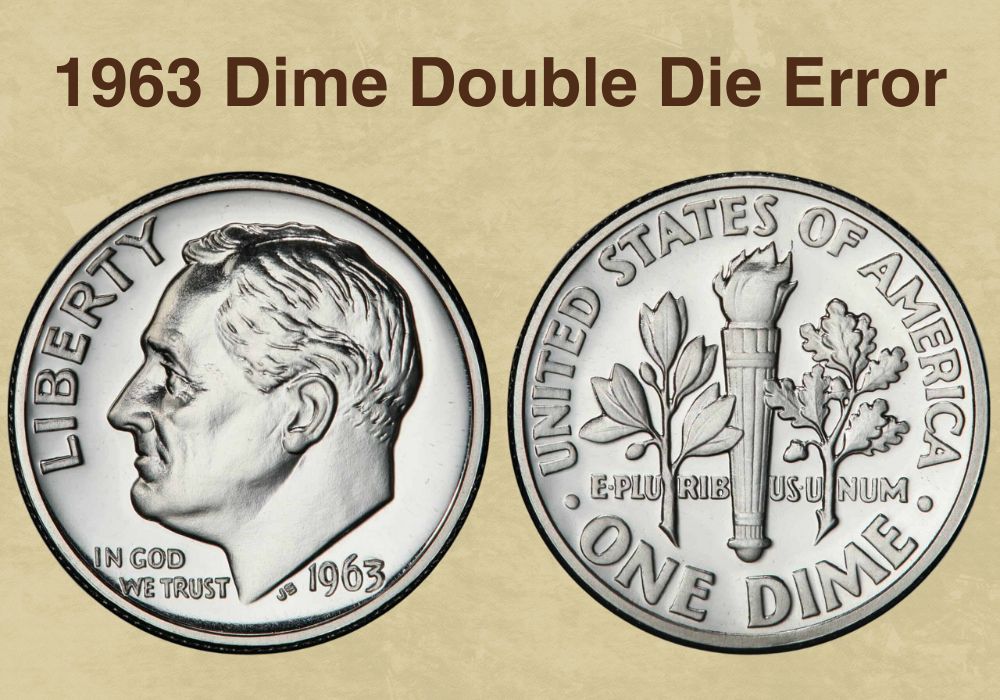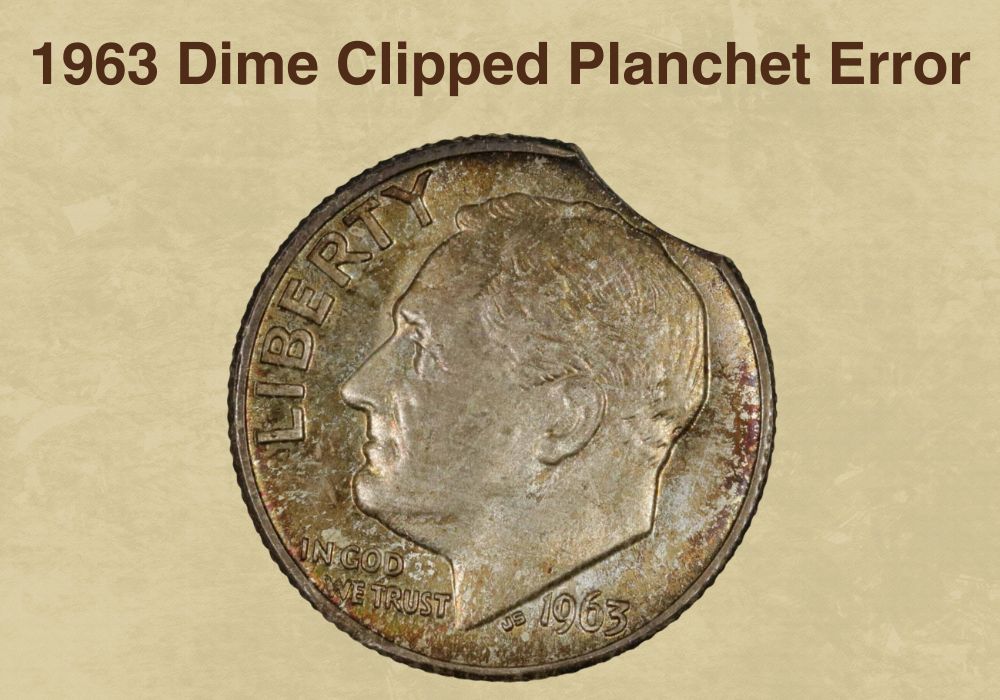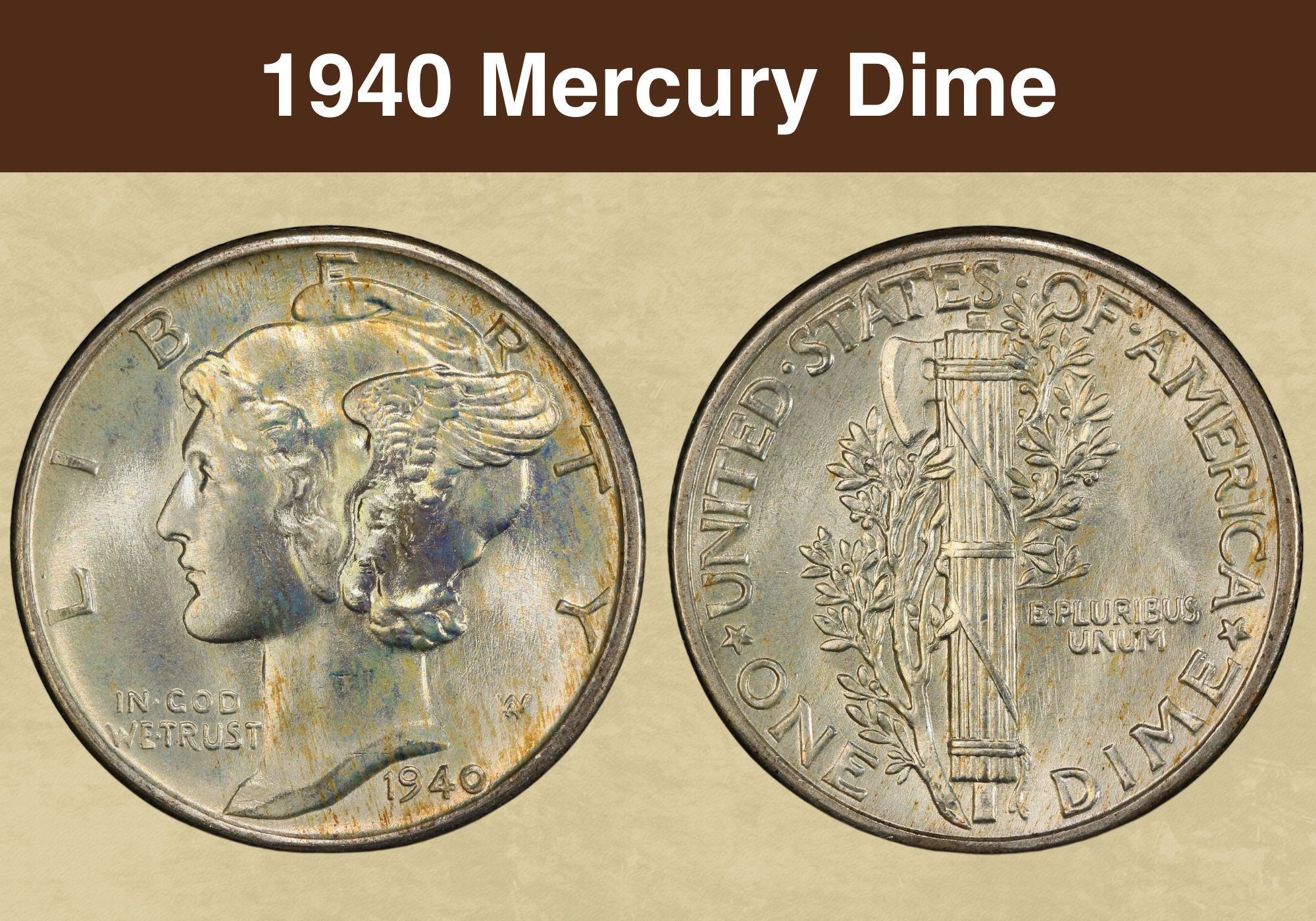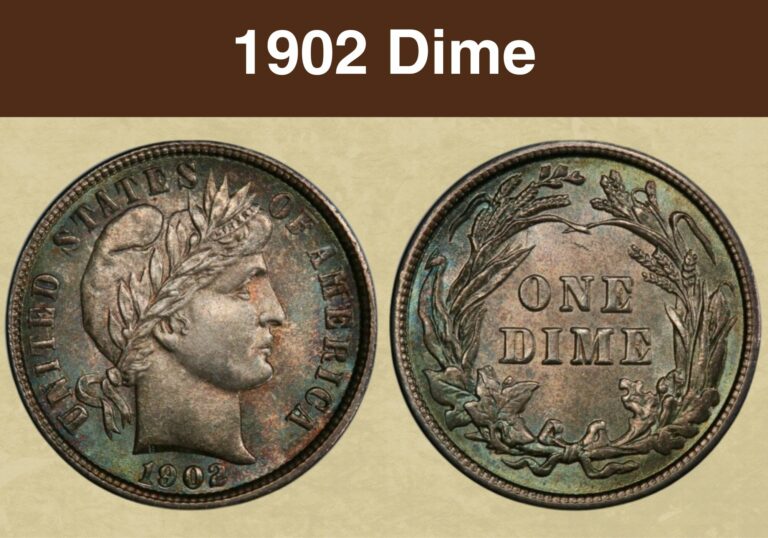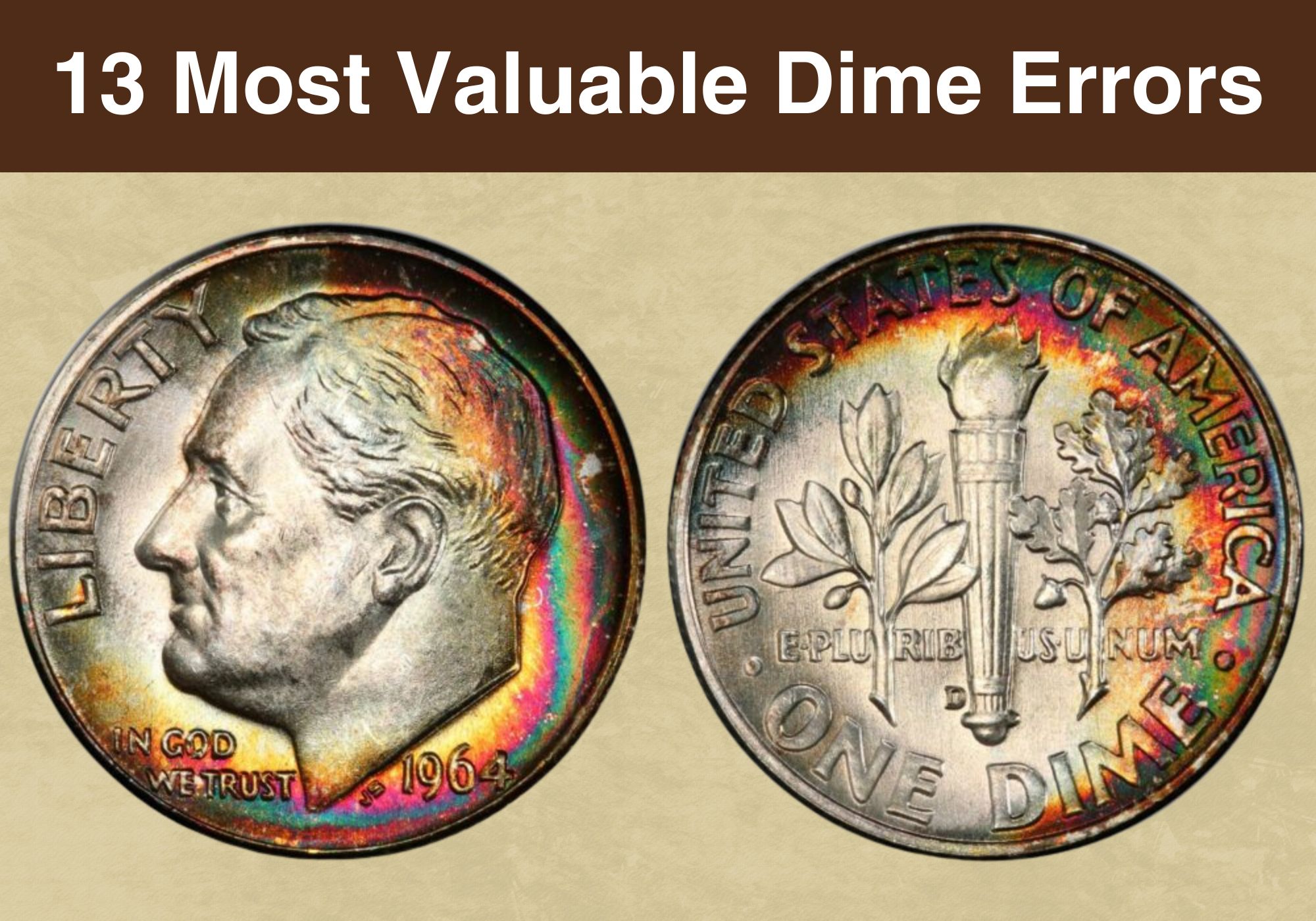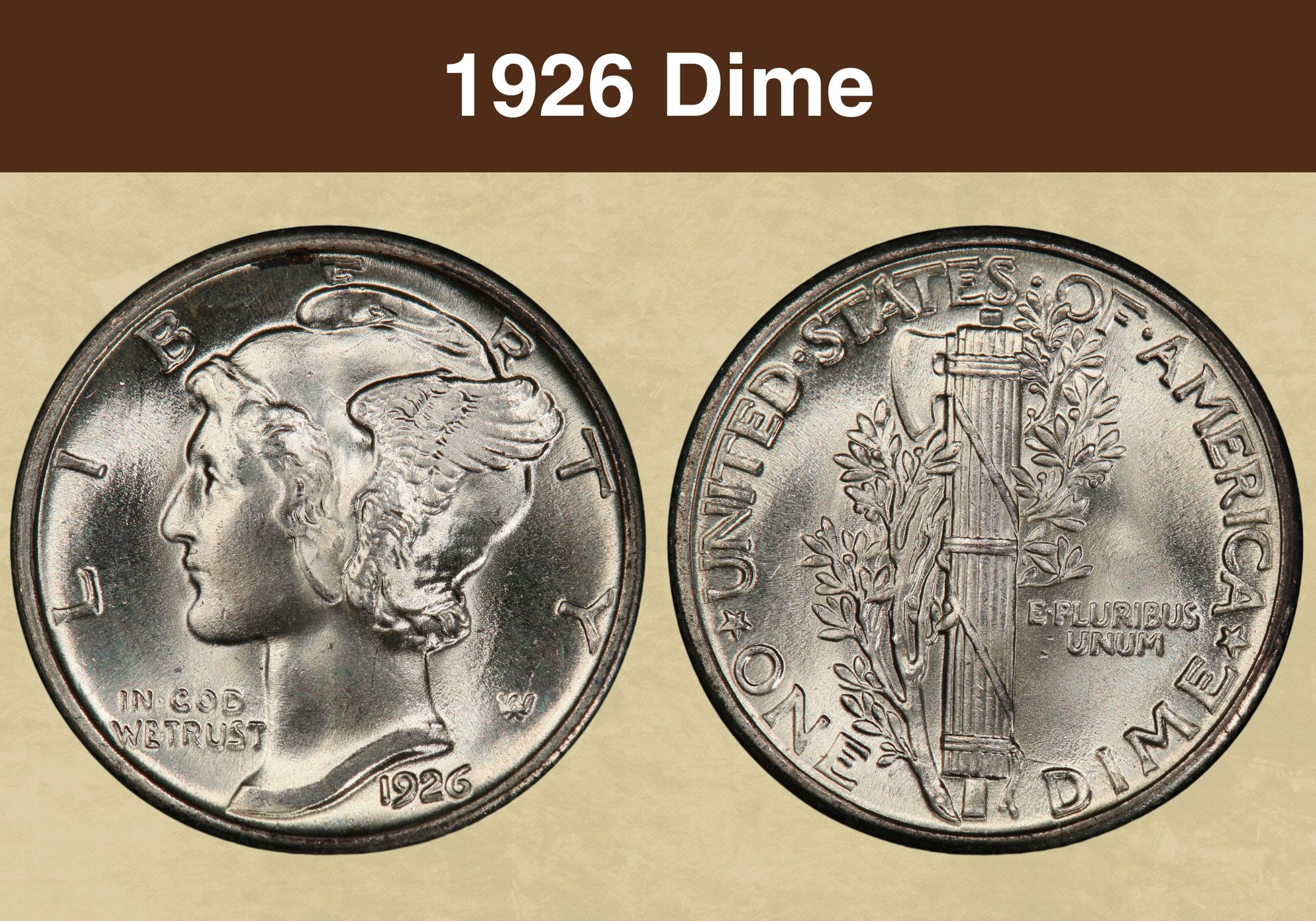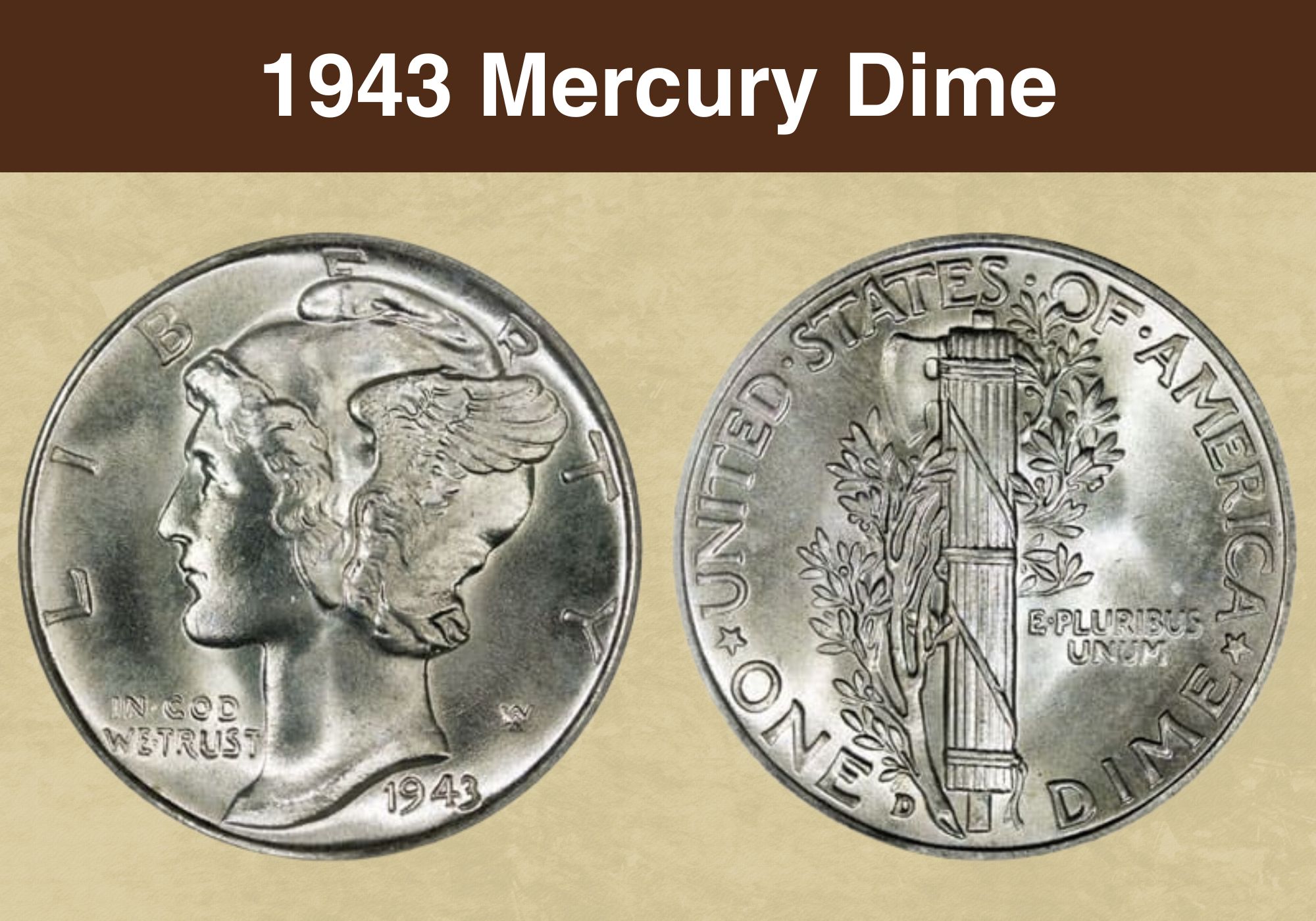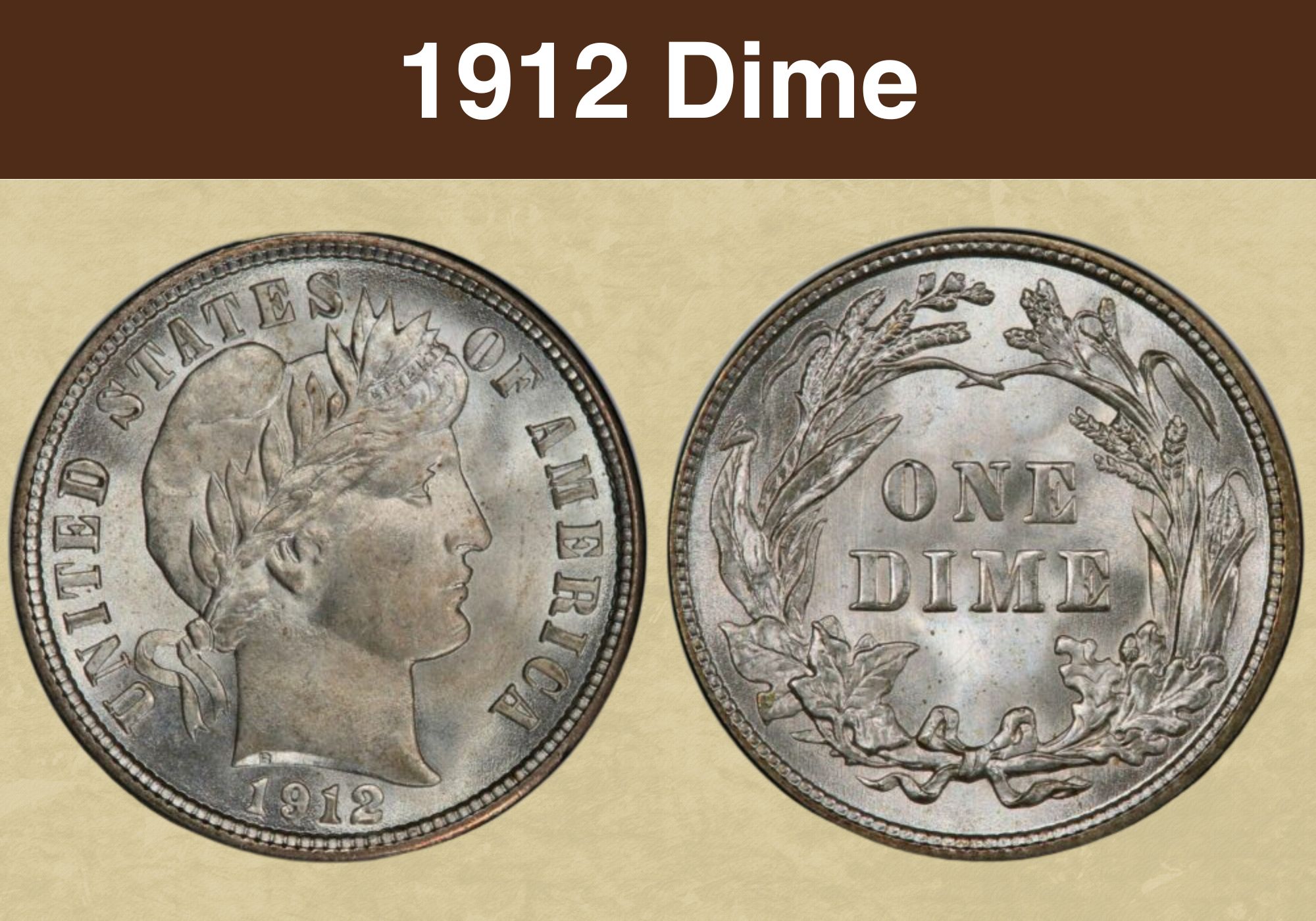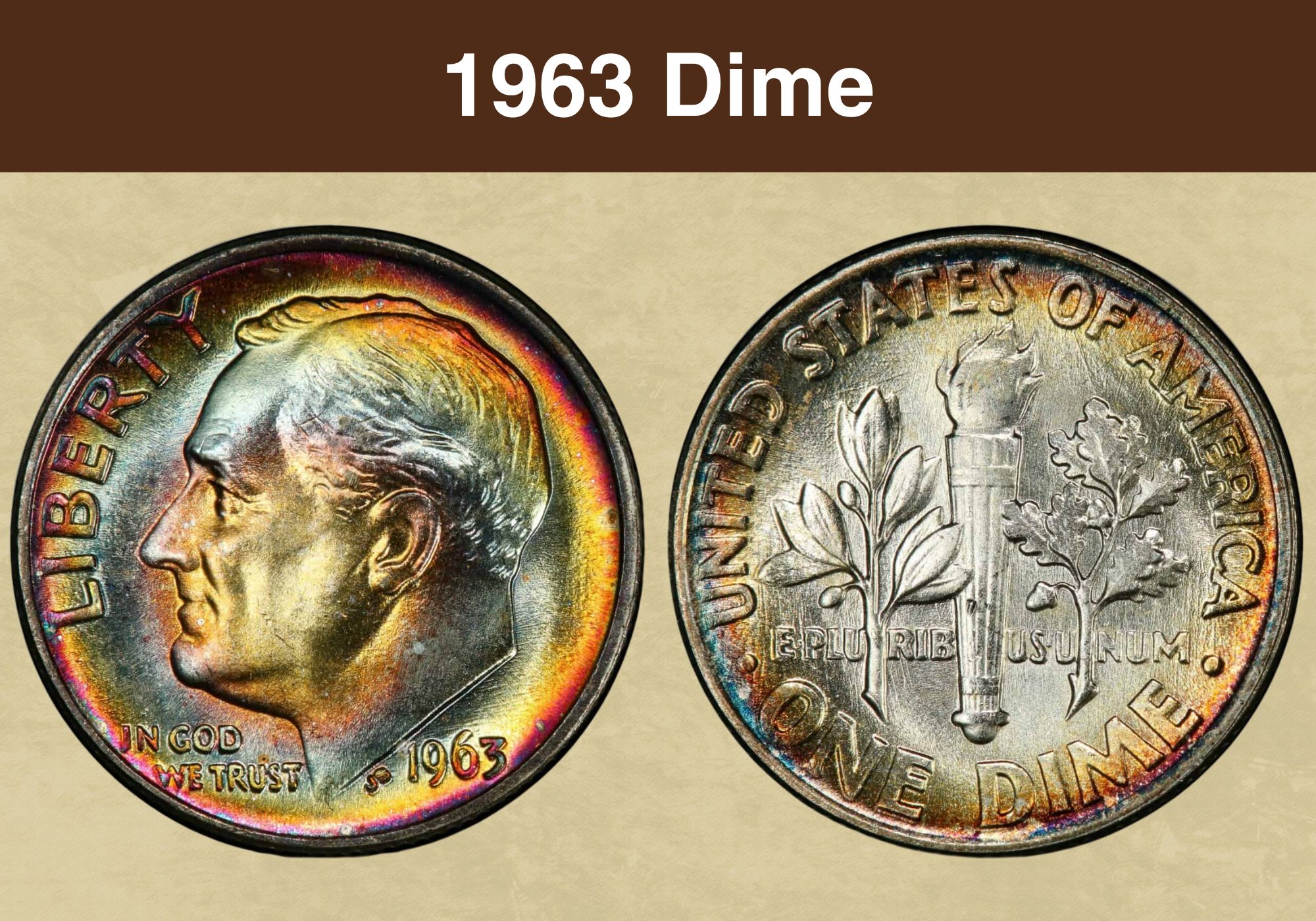
Coin Value Contents Table
Roosevelt dimes have been made ever since 1946 up until the modern day. The coin’s design has been left relatively unchanged over the years too although there was a transition from a mostly silver content to other less valuable metals in 1965.
So, given that the 1963 dime is one of the last silver dimes ever made, you’d think that it’s relatively valuable, right? And, it is indeed. What exactly is the 1963 dime value, however, depends on a lot of factors and the silver contents of this coin aren’t even all that significant compared to some of the other things at play here.
So, let’s take a look at the average 1963 dime value, these coins’ variations, errors, and other details below.
1963 Dime Value Chart |
||||
| Mint mark | Good | Fine | Extremely Fine | Uncirculated |
| 1963 “D” Dime Value | $2.97 | $4.05 | $4.58 | $5.23 |
| 1963 No Mint Mark Dime Value | $2.97 | $4.05 | $4.58 | $5.23 |
| 1963 No Mint Mark Proof Dime Value | n/a | n/a | $2.50 to $7.50 | $10 to $299 and above |
All in all, the simple fact that 1963 dimes are made of 90% silver pretty much guarantees that their value today can’t drop below $1.99 (at the time of writing this) or below whatever the melting value of 2.5 grams of silver with 0.9 fineness becomes in the future.
While this elevated bottom line is nice – and it also explains why the US Mint eventually had to transition away from silver – those $2.30 alone aren’t really enough to get collectors all that excited. Fortunately, the value of a 1963 dime can get significantly higher if the coin’s quality and preservation happen to be especially high.
This coin quality is typically measured on 1-to-70 grading charts such as the Sheldon coin grading scale. The numerical grades on such scales are also often accompanied by letters that signify different things such as MS (Mint State), PR (Proof coin), and so on.
What’s key, however, is that a 1963 dime with an especially high-quality grade – usually a coin that hasn’t been in circulation at all – can cost anywhere up to a few hundred or even a few thousand dollars.
1963 Dime Grading
Grading 1963 dimes is done the same way as grading dimes from any other year or, in fact – any other coin. The first thing to do is confirm the authenticity, year, and mintage of the coin. Then, we need to examine its characteristics to give it an appropriate quality grade on the 1-to-70 scale.
Only once all that is done, can we start looking for certain rare manufacturing errors that may further bump the coin’s value further up.
| # | Grade |
|---|---|
| 1 | Basal State-1 |
| 2 | Fair |
| 3 | Very Fair |
| 4, 5, 6 | Good |
| 7, 8, 10 | Very Good |
| 12, 15 | Fine |
| 20, 30 | Very Fine |
| 40 | Extremely Fine |
| 50 | About Uncirculated |
| 60 | Mint State |
| 65 | Mint State |
| 70 | Mint State |
Please check our grading guides to know your coin scale, It’s the necessary step to know the exact value of your coin.
Check out now: How to Grade Roosevelt Dime?
1963 “D” Dime Value
On the face of it, 1963 dimes made by the Denver Mint look just like any other Roosevelt dime. And they do, indeed, bear the same design and characteristics – they are made of a 90% silver alloy, they have a diameter of 17.9 mm, they weigh 2.5 grams, they have reeded edges, and they have the original obverse and reverse design made by John R. Sinnock.
The obverse includes Roosevelt’s left-facing portrait with the word “Liberty” written with big letters to the left of him. The motto “In God we trust” is added in a smaller font just under the former president’s chin while the year 1963 is on the lower right side of the coin, under Roosevelt’s neck.
Another small detail is the initials JS added to the left of the date. Conspiracy theorists have been speculating for decades that those actually stand for Joseph Stalin rather than the coin’s designer John Sinnock. The “basis” for this conspiracy was that, as Roosevelt himself was quite left-leaning, the “secret cabal of communists in the US government” put Stalin’s initials on Roosevelt’s coin “to spread communism.”
As for the reverse side of the coin, it’s quite busier than the simple obverse. The reverse includes a liberty torch with oak and olive branches on its sides.
Behind them is written the motto “E Pluribus Unum”, meaning “From many, one” and above them is written “United States of America”. Below all that is written the coin’s denomination – “One Dime”. As for the “D” mint mark – it’s to the bottom left of the liberty torch.
In 1963, the Denver Mint made quite a sizable total number of 421,476,530 Roosevelt dimes – the highest number of Roosevelt dimes produced by a single US mint up until that point. Now, that record did get beat by both the Denver and the Philadelphia mints the very next year but it’s still a very impressive number of coins and it’s significant as it demonstrated a serious ramping up in the production of these coins.
Yet, does this mean that 1963 “D” dimes are also less valuable because of how many of them are there?
Not really. While this may sound logical in practice, what numismatists are actually looking for in coins isn’t just the total number of them that were produced. Instead, they first sort each particular coin variant into its different quality grades, as shown in the chart above, and then they look at how rare coins of each individual quality grade are.
What this means is that, while there were lots of 1963 “D” dimes, as most of them were released into wide circulation, the ones that were actually preserved in high near-mint quality were still very few.
So, while most 1963 “D” dimes you’ll find today will only have their melting value of about $1.99, there are those rare few coins that can cost up to and above $4,500.
1963 No Mint Mark Dime Value
The 1963 no mint mark dime – also called the 1963 “P” dime, even though there is no “P” mint mark on it, is the second major 1963 variant of this coin. There were 123,650,000 of them made in 1963 and their lack of a mint mark isn’t really some rare and valuable minting error or anything of the sort – that’s just how the Philadelphia Mint used to make its coins.
That mint eventually started putting mint marks on dimes but that didn’t happen until 1980, so, the 1963 dimes still had the space near the bottom left side of the liberty torch empty. In fact, certain other coins such as the Lincoln penny kept being minted with no mint marks into the 2020s.
So, if the lack of a mint mark isn’t anything all that unique, is there anything special about the 1963 dime with no mint mark?
Not really. The design, composition, and various other details of these coins are virtually identical to those of the Denver-made dimes or to silver dimes of previous years. And, even though the Philly mintage was about four times lower that year compared to the coins made in Denver, the average value of 1963 dimes with no mint marks isn’t really lower than for those with a “D” mint mark.
In fact, 1963 “D” dimes do sell a bit better on average than those made in Philadelphia that particular year. The reason for that is two-fold.
First, as we said above, even though the overall number of coins made in Denver was greater, that is irrelevant to the value of high-quality coins from either mint as those are much rarer regardless. So, not only are no-mint-mark 1963 dimes not more valuable than those made in Denver, they are less valuable on average.
That mostly seems to be due to the more frequent presence of certain rare manufacturing errors and peculiarities in “D” dimes made in 1963. Besides, the difference in the average values isn’t all that significant and you can still find valuable 1963 dimes made in Philadelphia – sometimes in the thousands of dollars too.
1963 No Mint Mark Proof Dime Value
The last 1963 variant of the Roosevelt dime is the proof dime that was also made by the Philadelphia Mint. Made in a total of 3,075,645 copies, like its regular strike counterpart, this proof dime doesn’t have a mint mark where a “P”, “S”, or “D” should be.
Yet, while it does bear the same design and characteristics as regular strike coins, this is a proof coin. This means that it was made with special proof minting dies that have been dipped in acid and hand-polished before they were used to strike these coins twice as many times as regular dies strike regular circulation coins.
All this results in coins with much better details and higher fidelity. Of course, they are also more expensive to make. All this is seen as worth it, however, as these proof coins are used both for display and proof purposes, as well as to sell to collectors.
Does this mean that the lower mintage numbers and the better quality guarantee higher value, however? Not necessarily. While these coins are of excellent quality, there are also regular strike coins – both with the “D” mint mark and with no mint marks – that are of great quality too. In fact, such uncirculated regular strike coins tend to be fewer than the 3+ million proof coins made in 1963.
So, while proof coins are much rarer than regular strike coins, they are not rarer than high-quality regular strike coins.
All this means that, while the lowest quality proof coin is still more valuable than the melting value of a low quality regular coin, at the higher end, proof coins don’t command prices that are all that impressive compared to the rarest regular coins.
That fact has its silver lining too, however, as it makes 1963 silver proof dimes great items for new collectors who want affordable and cool coins to start their collections.
Also read: Top 17 Most Valuable Roosevelt Dimes Worth Money
Rare 1963 Dime Error List
There are many different types of possible manufacturing errors in 1963 dimes, some more valuable than others. You can check some of them out here but we’ll also list some of the more special ones below.
1963 Dime Improper Cladding and Discoloration Error
The silver core of the 1963 dime is supposed to be clad with copper. When the cladding doesn’t get done properly, however, this can lead to parts of the silver being exposed to the elements and eventually start getting discolored.
1963 Dime Double Die Error
1963 dimes with a double die error on the reverse side of the coin are particularly interesting and valuable. This error happens when the coin’s planchet has shifted a little bit between the strikes of the minting die, so parts of the coin’s design appear a bit distorted or blurry. On the reverse, this is especially common to notice when the blurry effect happens to the letters on the coin.
1963 Dime Clipped Planchet Error
Every once in a while, a coin’s planchet can get clipped slightly. When the clipping is minor enough to not be a problem but significant enough as to be interesting and noticeable, this error can boost up a coin’s value by quite a bit.
Also read: 13 Most Valuable Dime Errors Worth Money
Where to Sell Your 1963 Dime ?
Now that you know the value of your coins, do you know where to sell those coins online easily? Don’t worry, I’ve compiled a list of these sites, including their introduction, pros, and cons.
Check out now: Best Places To Sell Coins Online (Pros & Cons)
1963 Dime FAQ
What is special about a 1963 dime?
1963 Roosevelt dimes belong to one of the last mintages before the US Mint started transitioning these coins away from silver and toward other, less precious metals. This makes 1963 dimes quite valuable from a historical point of view. Additionally, there were greater numbers minted of them which is also interesting.
Those greater numbers do mean that only the best-preserved dimes will cost anything over their melting value, however, so, not every 1963 dime is created equal.
Are 1963 dimes all silver?
These coins aren’t 100% silver as that wouldn’t have been the ideal composition for striking coins. However, 1963 dimes are made of 90% silver with additional cladding with copper. This made the coins suitable for minting while also maintaining as much of the precious metal in them as possible.

